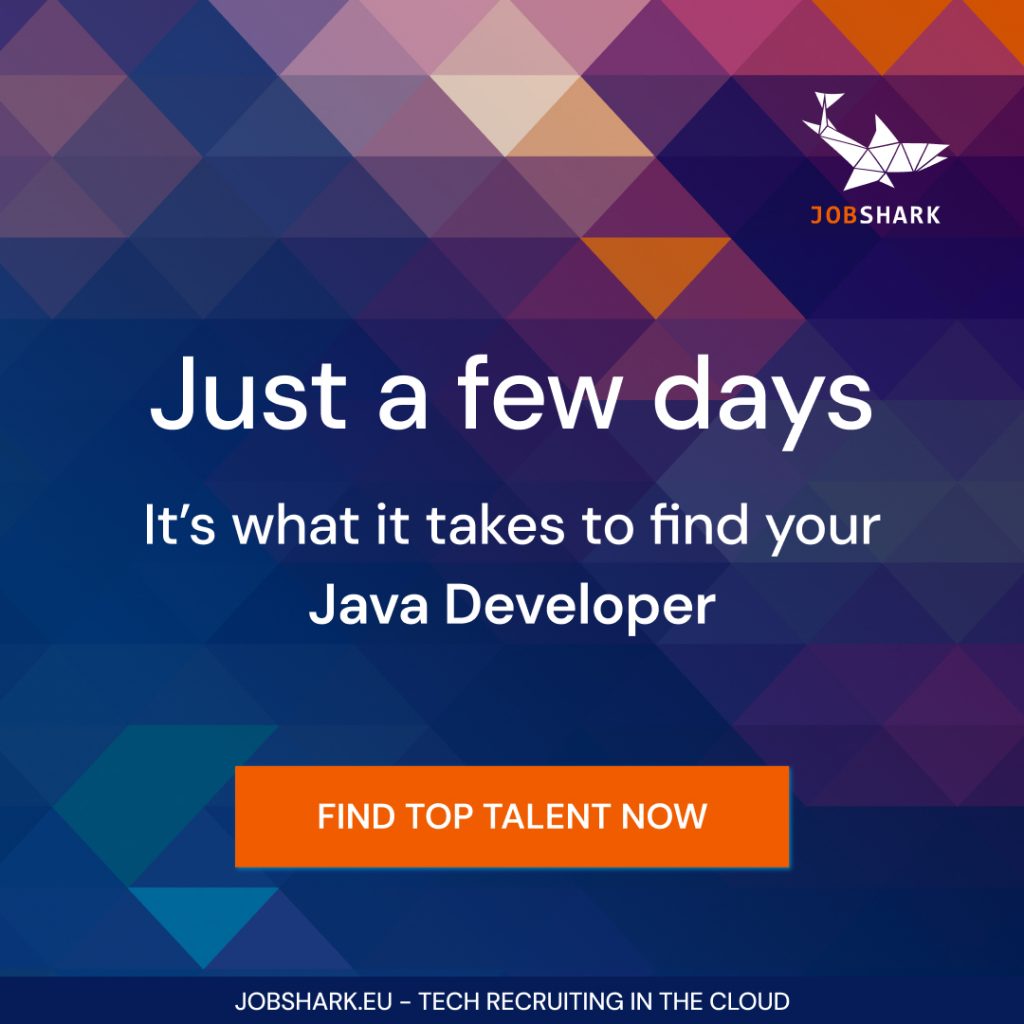We’re all taught that “customers come first,” but where do employees come in this equation? Sir Richard Branson, co-founder of the Virgin Group, once shared an interesting perspective on that old saying. He said, “Clients do not come first; employees come first. If you take care of your employees, they will take care of the clients.” This idea resonates strongly in the tech industry, where great hires can elevate a company’s products and services, ultimately providing greater value to customers.
So, just like businesses strive to nurture and delight potential customers throughout the sales cycle, it is equally important to nurture and delight both prospective and current employees. That’s where employer branding comes in.
Employer branding refers to an organization’s reputation and appeal as an employer among former, current, and potential employees. It is distinct from corporate reputation, which refers to how a company is perceived by all of its stakeholders.
In today’s landscape, where the competition for IT professionals with in-demand or hard-to-find skills is fierce, employer branding has become more crucial than ever. It is now up to the employer to sell their brand to win over the top talents.
What are the benefits of employer branding?
The main advantage you reap from building a strong employer brand is the increased interest from qualified candidates in applying to your job openings. This leads to several other benefits. Let’s break it down:
Attract top talent amid tough competition
Employer branding serves as a critical differentiator in talent acquisition, especially in times of need — that is, when the competition for top talents is intense due to a booming market. It helps you stand out from the crowd and acts as a magnet even for passive job seekers (professionals who are not actively looking for a job). It also helps you retain the talent you already have.

Enhance business competitiveness
This benefit is closely related to the first one. By attracting top talent to advance projects, employer branding can boost overall business competitiveness. This is especially true in the IT sector. It’s not just that a good hire outperforms an average one; it has a transformative impact. A highly skilled developer, for instance, can innovate to solve complex problems and enhance overall team efficiency. Ultimately, top talents drive your business forward.
Reduce recruitment costs and hurdles
According to the Harvard Business Review, a bad reputation costs a company at least 10% more per hire. This is because a company with a poor reputation needs to spend extra to attract qualified candidates through headhunters or by offering higher salaries. In contrast, a company with a strong employer brand typically only needs to post a job opening and sift through the great candidates from the pool of applicants.
Additionally, a strong employer brand effectively communicates your company culture, attracting candidates who feel aligned with it. By bringing in culturally compatible hires, employer branding can help lower turnover rates, thereby reducing the costs associated with frequent rehiring and training.
Increase employee retention
When done right from the very beginning of the recruitment funnel, employer branding results in engaged employees and reduced turnover rates. A recent Gallup study found that exceptional candidate experiences have a lasting impact: among employees who have moved to a new job in the last five years, those with an exceptional candidate experience at their current company are three times as likely to be extremely satisfied with their work. They’re also 3.2 times as likely to strongly agree they are connected to their organization’s culture.
As a matter of fact, the recruitment process provides a valuable opportunity to delight candidates regardless of the outcome. In other words, even applicants who don’t receive an offer should leave the process holding your company in high esteem and speaking highly of it. So, let’s see how to do employer branding during recruitment.
How to do employer branding during recruitment
First, identify your company’s employee value proposition (EVP)
A company’s employee value proposition should emphasize what makes working there unique and appealing. An EVP can include some of the following:
- Career development opportunities
- Remote, flexible work settings
- Work-life balance
- Education opportunities, such as subsidized courses
- A supportive company culture
- An attractive bonus system
- Competitive benefits
- High level of autonomy
- A robust diversity and inclusion culture
- Sustainability initiatives that reflect shared values.
A strong EVP answers key questions for potential and current employees: Why should I work here, and what makes this workplace special?
As an employer, it’s important to highlight the qualities that will appeal to your potential candidates, taking their preferences into account when developing your EVP. However, an EVP is not about simply trying to please — it must be authentic and rooted in the company’s culture. When aligned with your values, an EVP can attract the right talent and foster long-term engagement. Conversely, misaligned promises or exaggerated claims can lead to disappointment, disengagement, and high turnover when expectations are not met.
So, for instance, if innovation is a core value of an organization, the EVP might highlight opportunities to work on cutting-edge projects or embrace a culture of experimentation. Or, if the company prides itself on community and belonging, the EVP might focus on support networks, an inclusive workplace, and team-building activities.
By staying true to its identity, a company can entice talent that not only fits its needs but also thrives within its ecosystem.
Now, let’s think of an analogy. Suppose you’re looking for a partner for a long-term romantic relationship. You’ll probably have specific preferences in mind and seek someone with similar habits, values, and worldviews because you believe individuals with some specific attributes are more likely to be compatible with you — allowing the two of you to build a lasting relationship together.
For example, if your goal is to live on a farm, dating someone who prefers city life is unlikely to work out; chances are that it would only be a waste of your time. You may even try and convince them to live on a farm with you, but over time they will likely feel unhappy and leave the relationship. And time wasted keeps you from finding a compatible person, which is your goal here. Therefore, you should concentrate your efforts on attracting people who also want to live in the countryside.
In other words, in your search for a romantic partner you don’t need to attract everyone; in fact, you don’t even want to attract everyone as it would be tremendously inefficient. Instead, you target those who fit your compatibility criteria.
Similarly, a company’s EVP must be clearly defined and communicated to appeal to talent that aligns with its culture and long-term goals, ensuring mutual compatibility. So, if a company’s EVP is remote work flexibility, then workers who thrive in remote, flexible work settings will have higher chances of adapting to its culture. In contrast, those who don’t value it and even prefer working from an office won’t be attracted by that EVP — and that’s how things should be.
Back to the analogy with romantic relationships, before even going on dates, you should do your homework to understand who you are and what you’re looking for. Imagine that, after investing time in dating and meeting people who are eager to live on a farm, you successfully attract a suitable partner and start a relationship, only to find out that… you’re actually a city person. Your partner, who was drawn to the initial promise of a life together in the countryside, may not be interested in joining you in your sudden change. You may need to start your quest all over again — not to mention all the heartbreak!
Similarly, a company’s EVP needs to be rooted in its culture, consistent, and focused on the long term. It should support employee engagement and retention over time. Once an employer establishes its EVP, it should not change it the next day, as frequent changes can harm credibility and negatively impact the engagement of any hires made under the promise of a specific value proposition.
Whatever your EVP is, make sure to highlight it in every job ad and also on your social media accounts.

Create referral programs
Referral programs are known to generate high-quality candidate leads and strengthen a company’s talent pipeline. Additionally, they also enhance employer branding. When you empower your current employees to promote the company to their network, they become brand ambassadors.
Whether you’re offering cash bonuses or additional vacation time for each successful referral, ensure the rewards are valuable to your employees. Otherwise, the strategy may even backfire.
Invest in your online presence
While your website is the cornerstone of your online presence, it is just the beginning. Consider creating a blog to share employee stories and experiences. Another possibility is to partner up with blogs or podcasts relevant to your industry and aligned with your company culture. HR and marketing departments can work together to ensure consistent messaging across all channels.
Candidates will check your social media accounts at some point during the recruitment process, sometimes even before applying. Once again, HR and marketing departments can work together and leverage social media platforms to highlight the company’s employer value proposition, as well as its mission and values.
It is equally important to assess your current standing on employer review sites like Glassdoor, as they can influence potential candidates’ perceptions. According to a 2017 study published by CareerArc, only 1 in 5 job seekers would apply to a company with an average rating of 1 out of 5 stars on these platforms.
So, you can start by responding to reviews, both positive and negative. Glassdoor provides an FAQ to help employers respond to company reviews. Long story short, you should thank the reviewer for sharing their perspective, then address their issue and offer solutions; the key is to craft your response with the audience you want to influence in mind, not just the reviewer.
Incorporate the feedback received from negative reviews to make necessary changes. Over time, you will receive more favorable reviews, and potential candidates researching your company will notice this positive trend. They will see that you are able to listen to feedback and fix problems.
You can set up Google Alerts to receive notifications whenever new content about your company is published on web pages, newspaper articles, or blogs. Additionally, depending on your company size, you might want to use social listening tools to track mentions.
Implement inclusive recruitment practices
Your job ads must convey vacancy details and, as we’ve seen above, highlight your company’s EVP. But there’s more to it: they should use inclusive language. Your job ad is where your candidate experience starts.
Gender-biased languages in job postings discourage women and non-binary people from applying to tech jobs. When in doubt, you can use tools like Gender Decoder to assess your job ads.
Similarly, consider the other groups that need to be included, such as neurodivergent applicants. Tech companies can significantly benefit from hiring neurodivergent developers and QAs, for example. Some highly sought-after skills for such roles are attention to detail and a knack for logical problem-solving and pattern recognition, which many on the autism spectrum tend to possess.
Now, think of all the job ads listing requirements such as “excellent communication skills” or “strong teamwork skills,” even when these requirements are not at all essential for the role. Of course, including such prerequisites is perfectly reasonable and fair when they are indeed a must-have for the role, but you can think twice before setting these expectations for someone who will be primarily handling data, for instance.
The examples provided here are just a few of the many inclusive practices you can adopt during recruitment. Make your candidates feel respected and included, and they will speak positively of your organization, no matter the outcome of the hiring process. And remember, attention to all these elements is even more critical if your EVP focuses on diversity and inclusion.
Follow up, no matter the outcome
Stick to the timeline you shared with the candidate, and communicate any delays. Always follow up, regardless of the outcome. It’s essential to showcase the company’s appreciation for the time the candidate has invested. Therefore, keep your pipeline organized to avoid accidentally ghosting anyone. And, of course, you should never do it intentionally.
Key takeaways
In summary, a well-established employer brand helps a company bring top talent, lower hiring costs, improve employee retention, and enhance business competitiveness. In a market where the competition for IT professionals with some in-demand skills is fierce, employer branding has become paramount.
To effectively implement employer branding during recruitment, the first step is to assess what makes your workplace special and define your employee value proposition (EVP) in alignment with your company’s culture. An authentic EVP will help you attract talent that fits your needs and thrives within your ecosystem. And remember, EVP isn’t just for recruitment; it also supports employee engagement and retention over time.
Once your EVP is clearly established, consider the following strategies for your recruitment process: implement referral programs to engage employees as brand ambassadors, maintain a strong online presence, including social media, promote inclusive hiring practices, and ultimately treat all candidates with respect. In this manner, they will speak highly of your company, regardless of the outcome of the hiring process.
Here’s a simple way to stay updated
Click here and subscribe to the TechTalents Insights newsletter and enjoy every-other-week insights and expert analysis — all free and delivered to you.




